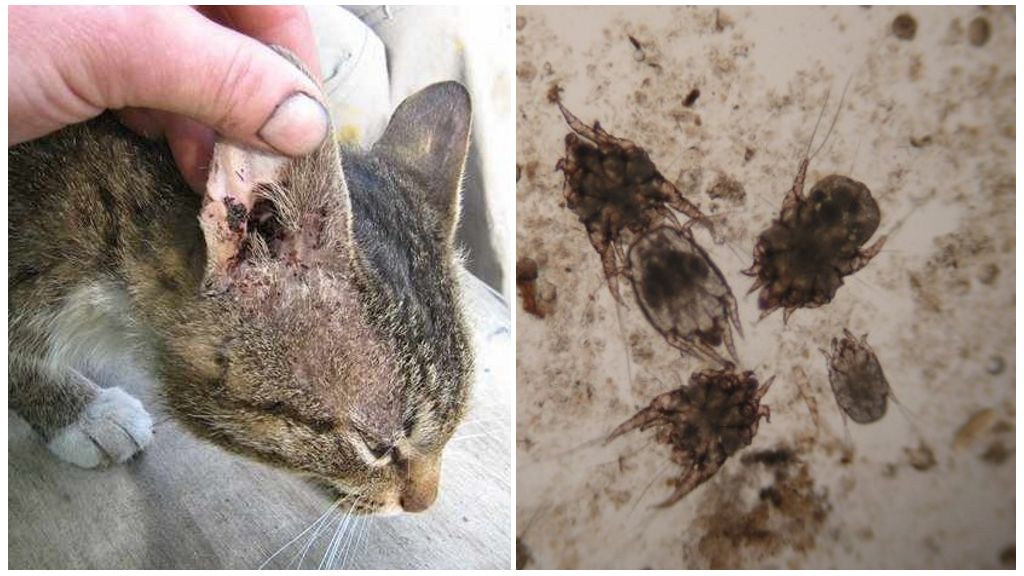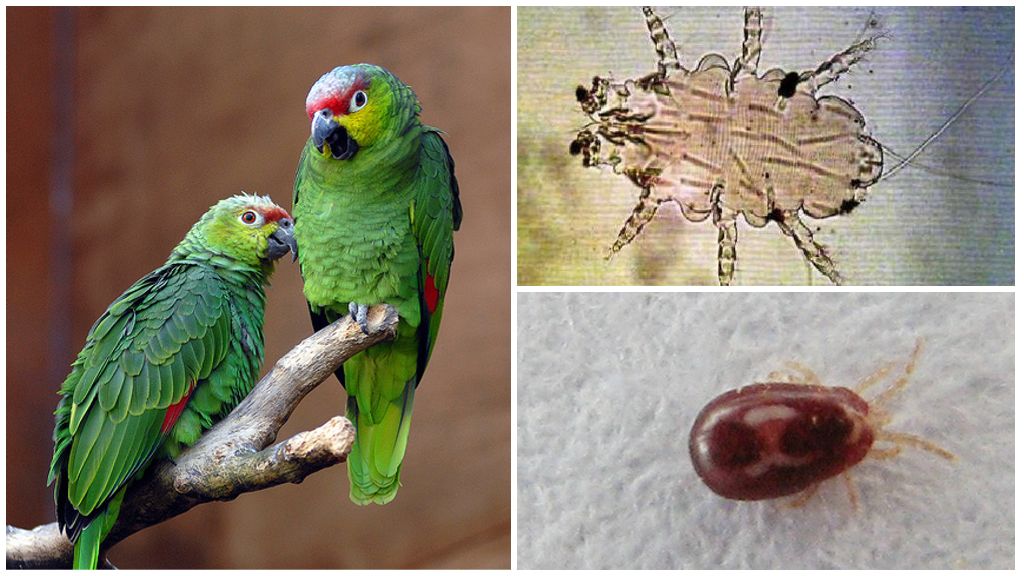
Homemade pussies often become victims of pests that settle on their bodies. But whether the ear tick in cats is dangerous for humans, few people know. Is it worth it to take preventive measures and is there a need to create quarantine conditions for the infected pet, such questions are asked by the owners of the purr.
Parasite is transmitted from a cat to a person
Cat ear mite often settles on the inner side of the ear, manifests itself after even six months. Infection is determined by active scratching of the sore spot, brown discharge with an unpleasant odor appears in the body, purulent discharge appears in more advanced forms. It feeds on particles of the skin, and waste products negatively affect the dermis, destroy it and poison the lymph.
On a note!
The parasite is not contagious to humans, it will not be able to take root on the skin, since the basis for its normal development and reproduction is the fur representatives of the fauna. He is capable of switching to a man with a cat, but he will not be able to live long, he will die unnoticed.
Is the host a carrier
And although the tick cannot pass from a cat to a person, sometimes it uses the owner as a transport. Getting on hands during the treatment of a sick fluff, the pest is undetected for some time. And if there are several pets in the house, then the rest will be infected.
Important!
A person cannot get infected with an ear tick from a cat, but he can tolerate the parasite over long distances.
Otodectosis is safe, and notothedrosis is transmitted to humans and can cause mild inflammatory processes on the surface of the dermis, which last for a couple of days. For prevention purposes, it is worth wiping the surface of the hands with alcohol-containing solutions after each treatment of the infected animal.



